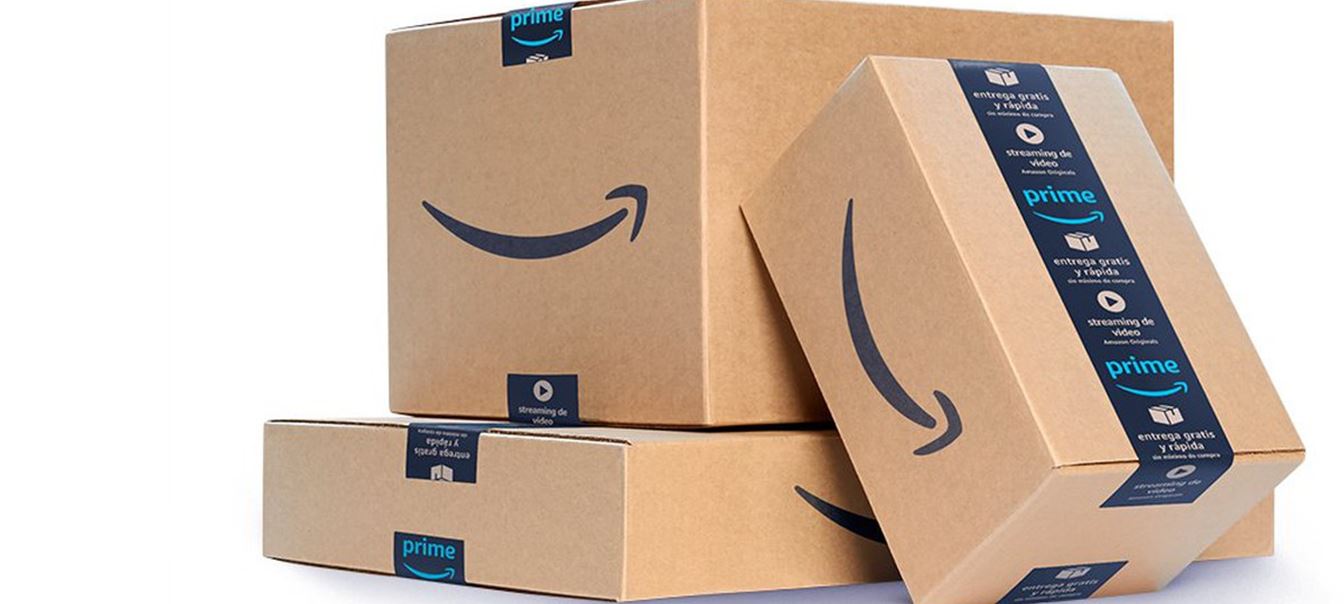
Why Amazon’s Third-Party Sales Are Exploding
Amazon CEO Jeff Bezos recently revealed some interesting data about “third party” sellers on Amazon’s marketplace in his annual report to shareholders. Last year, third-party sellers accounted for 58 percent of all products sold through Amazon, worth a total of $160 billion. eBay – the owner of Marktplaats.nl in the Netherlands – seems to be especially suffering. They lost 95 billion in gross trading volume in recent years, exactly Amazon’s growth in the past four years. Amazon’s external sales have also increased by a quarter in those years.
Outflank Ebay
Amazon has succeeded in outflanking parties like eBay and attracting third party trade by investing a huge amount of money in the (business-to-business) customer experience. Amazon has invested significantly in providing a superior online shopping experience. For example, Prime, which offers two-day shipping for more than 100 million items on Amazon’s marketplace for a flat rate per year, has more than 100 million members worldwide.
This chart from Marketpulse shows that third-party sellers are growing fast.

The researcher showed that so far more than 337,486 third party sellers have joined the Amazon platform. At the time of this publication, the figure will already be outdated. This concerns more than 3000 new sellers every day and at the end of the year, Amazon will have more than 1.1 million more if this continues.
Advantages Prime
Amazon has quickly expanded the benefits of Prime to third-party sellers through its Fulfillment by Amazon (FBA) program. Amazon stores and ships items for sellers on its platform in exchange for a small fee. Not only is the program suitable for sellers, it also instills confidence in customers that the item will be properly stored and delivered quickly.
Amazon’s massive investment in warehouses and shipping facilities hasn’t always been a nice message to shareholders, but they see it as good in the long-term.
Amazon continues to provide new tools for third-party sellers. Bezos pointed out in the shareholder meeting that the company’s tools allow sellers to “manage inventory, process payments, track shipments, create reports and sell across borders.”
New tools
Since early 2019, Amazon has launched 50 new tools and services for sellers, including brand analytics, global registration for multi-market sales, and e-learning content to help sellers improve their business.
The next big step for Amazon could be that the company will further develop its own shipping service. The company is already hinting at that. Providing sellers with more than just a marketplace has been key to Amazon’s success in attracting and growing third-party sales.
Browse: Industry Insight
Read Next
Find out how we can help you
With offices around the world, we can build a team perfect for your needs.

